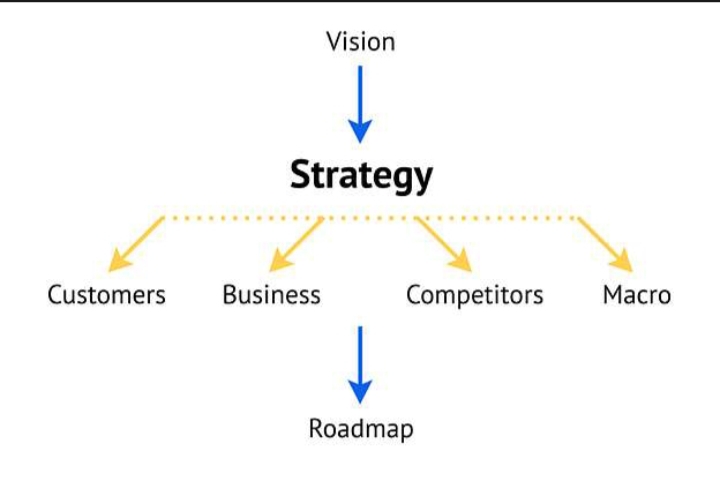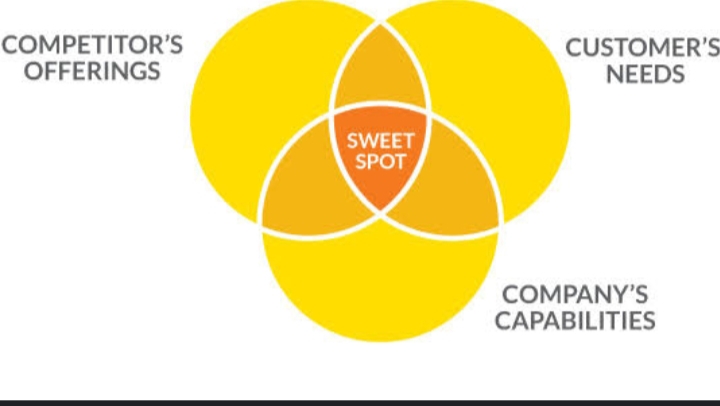A Deep Dive Into What Product Strategy Entails
 Udoka Success Etus
Udoka Success Etus
In my few months of experience building a startup, I've always thought that product strategy and product requirement documents are the same, but the current training I'm taking in the ADA Project has given me more clarity. All thanks to SOPHIA MUO
Let me share the knowledge I've gained coupled with the research I did, I believe this will help newbies in this field who are missing these two terms up as I was, to gain clarity too.
To develop any product, you need a strategy to guide it. In this post, we will discuss product strategy, highlighting product vision and positioning
Let's Go
What is a product strategy
Product strategy is the process that is being followed to develop a product or feature. Product strategy contains all the tasks that your team members need to do and complete to achieve your business goals.
In simple terms, product strategy is your plan for how you are going to win in the market, this plan is informed by competitive analysis. Product strategy looks at long-term vs short-term, the big picture (big rocks vs sand). It means your ability to say No.
A product strategy document gives your team a guide about the product and they refer to it whenever they have any questions. This document helps businesses in decision-making
It outlines the problem the product will solve, the impact it will make on customers and the company, and how the product will benefit the business.
Product strategy has to answer key questions such as who the product will serve (personas), how it will benefit those personas and the company’s goals for the product throughout its life cycle. It answers the what, where, how, why, when, and who questions.

A product strategist understands the User's need, the market, and the business goal.
Once a strategy is clear, it can be used to create a product definition. This definition explains what you will build and when. Product strategy is used as a baseline to measure success before, during, and after product development.
The benefit of product strategy
• It aids easy decision making
• Easy roadmap prioritization
• It Provides clarity and direction in terms of business and product goal
• Aids in making clear marketing decisions.
To develop a good product strategy, you must
• Define your product vision
• Conduct user and market research
• Develop a product positioning strategy
• Test hypothesis (prototype)
• Reiterate the strategy
In the context of this writeup, let's take a deep dive into product vision and positioning
What is a product vision
Product vision is a guiding statement of the long-term goal of your product, a statement that describes your product's long-term goal, and what you want to achieve with your product.
A good product vision must be:
Concise, Aspiring, inspirational, Clear and articulate (easy and memorable), futuristic and achievable, and customer-focused.
Product Positioning
Product positioning is about placing your product in customers' minds by highlighting a unique element that sets your product apart from others in the market.
To get the best out of product positioning, you have to conduct user and market research or focused group discussions to ascertain which audience to target based on favorable responses to the product and determine which product benefits are appealing to them.
Ways to position your product:
• Through advertisement (Advertising in the right channels)
• Product packaging( the way your product looks or appears)
• Pricing ( Your method of pricing can position your product). And many others.
That's all for now! See you in my next post.
REFERENCE
Subscribe to my newsletter
Read articles from Udoka Success Etus directly inside your inbox. Subscribe to the newsletter, and don't miss out.
Written by

Udoka Success Etus
Udoka Success Etus
I'm tech enthusiast, ready to explore the field of product management
